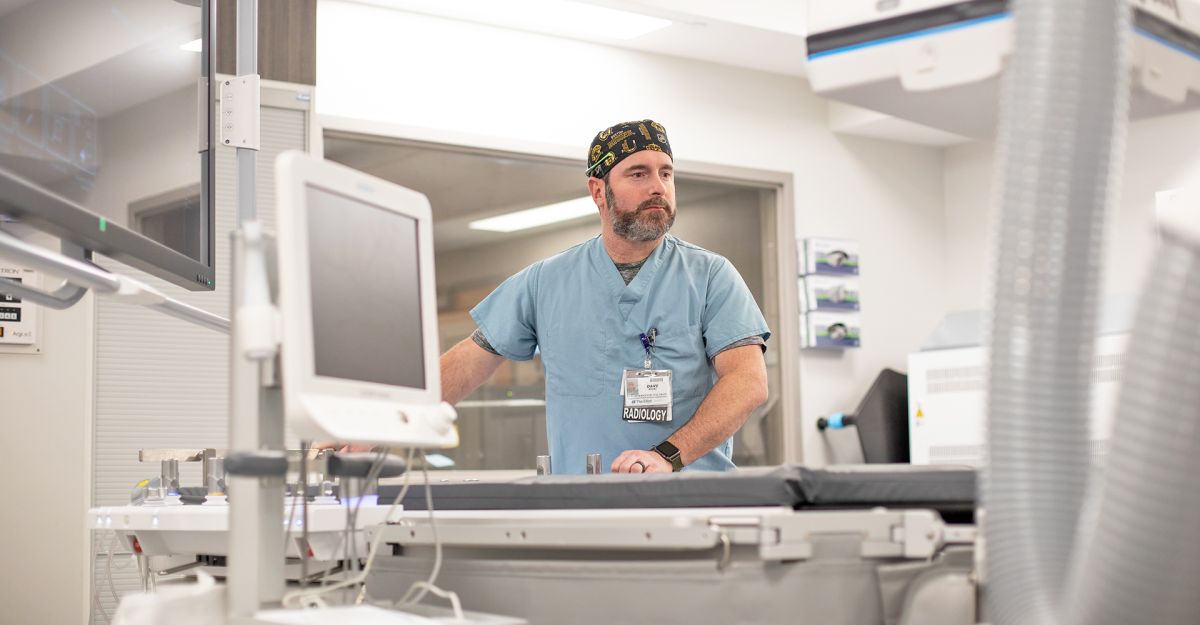Interventional Radiology
Interventional radiology uses minimally invasive techniques and imaging guidance to perform procedures that can replace conventional surgery.

Interventional radiology uses minimally invasive techniques and imaging guidance to perform procedures that can replace conventional surgery.
The Elliot provides a full range of interventional radiology care for patients, including diagnostic arteriography, renal and peripheral vascular interventions; biliary, gastrointestinal and genitourinary interventions; venous access procedures, embolization, kyphoplasty, and pain management procedures.
You should tell your provider if there is a possibility you are pregnant. Depending on the type of procedure, you may receive instructions on what you may eat or drink beforehand, and any medications you may need to stop taking. You may be required to have a ride home from the procedure and someone to stay with you for the night. You should wear loose, comfortable clothing, and you may be asked to change into a gown. If required, you will receive specific instructions based on your procedure.
Depending on the type of procedure, you may be having imaging performed by X-ray, ultrasound, CT scan or MRI. You may receive medications during the procedure that can cause drowsiness. If so, you will be required to have a responsible person over the age of 18 to pick you up from your procedure and stay with you until the next morning. Our staff will talk to you about what you can expect before, during, and after your procedure and answer any questions you may have.
Health Care Topic
5 Tips for a Healthy, Happy Holiday Season
Dec 8, 2025
News Announcements Leadership Story
Elliot Health System Leaders Conduct Roundtable Discussion Alongside U.S. Senator Maggie Hassan
Dec 8, 2025
News Announcements Patient Care Story Blog
Danielle Jackitis, RN, BSN, honored with DAISY Award for Compassionate Nurses.
Dec 4, 2025